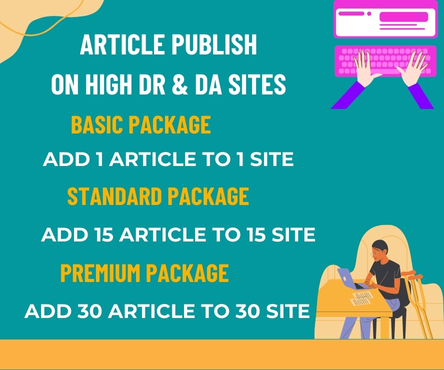When an accident or injury disrupts your life, navigating the complex process of seeking compensation can be overwhelming. This is where personal injury lawyers step in, providing crucial guidance and support to help individuals obtain the reparation they deserve. In this article, we will walk you through the step-by-step process of what personal injury lawyers do, shedding light on their vital role in ensuring justice is served. Meet here Long Island Personal Injury Lawyer
Step 1: Initial Consultation
The journey begins with an initial consultation between the injured individual and the personal injury lawyer. During this meeting, the lawyer will listen attentively to the client’s account of the accident, gather essential information, and assess the viability of the case. This is an opportunity for the client to ask questions, understand the lawyer’s approach, and determine whether they are a good fit.
Step 2: Investigation and Evidence Collection
Once the lawyer has taken on the case, they will conduct a thorough investigation to gather evidence and build a strong foundation for the claim. This involves:
- Collecting medical records and bills
- Obtaining witness statements and accident reports
- Reviewing relevant documentation, such as security footage or maintenance records
- Consulting with experts, like medical professionals or accident reconstruction specialists
Step 3: Establishing Liability
The lawyer will then work to establish liability, identifying the responsible parties and determining the extent of their negligence or wrongdoing. This may involve:
- Analyzing the evidence collected during the investigation
- Conducting research and consulting with experts to establish a clear understanding of the events leading up to the accident
- Identifying potential defendants, such as individuals, companies, or government entities
Step 4: Filing a Claim
With a solid understanding of the case and liability established, the lawyer will file a claim on behalf of their client. This involves:
- Preparing and submitting a complaint or claim to the relevant authorities or courts
- Ensuring all necessary documentation is included, such as evidence and witness statements
- Meeting deadlines and adhering to statutory requirements
Step 5: Negotiation and Settlement
The lawyer will then engage in negotiations with the opposing party or their representatives to reach a fair settlement. This may involve:
- Engaging in settlement discussions to reach a mutually acceptable agreement
- Reviewing and evaluating settlement offers to ensure they meet the client’s needs
- Advising the client on the pros and cons of accepting a settlement or pursuing further action
Step 6: Litigation and Trial
If a settlement cannot be reached, the case will proceed to trial. The lawyer will:
- Prepare the client for court appearances and testimony
- Present evidence and arguments to the court, advocating for the client’s rights
- Work with the client to develop a trial strategy and anticipate potential outcomes
Step 7: Resolution and Compensation
The final step involves resolving the case and securing compensation for the client. This may involve:
- Receiving a settlement or court award
- Ensuring the client receives fair and adequate compensation for their injuries and losses
- Assisting the client in navigating the complexities of receiving and managing their compensation
In conclusion, personal injury lawyers play a vital role in guiding individuals through the complex process of seeking compensation for their injuries. By understanding the step-by-step process outlined above, individuals can better appreciate the expertise and dedication required to achieve a successful outcome. Whether through settlement or trial, personal injury lawyers are committed to ensuring their clients receive the justice and reparation they deserve.

